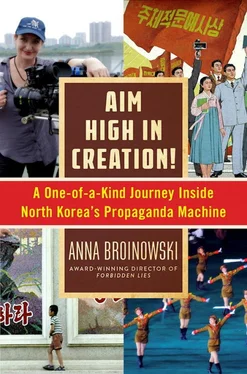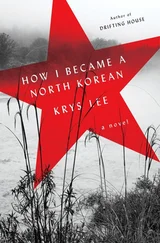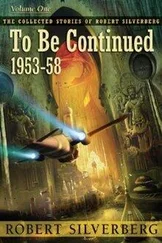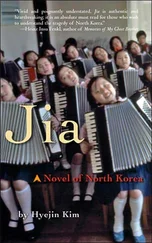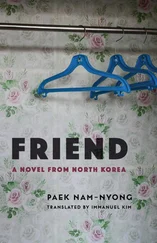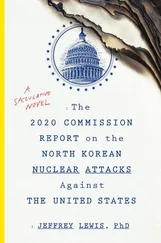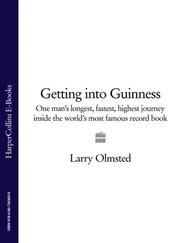Once an actor has dosed himself up on propaganda museums and novels, he is ready to play the villain. But unlike Western actors, who know that the best way to play a bad guy is to bring out what’s good about him, North Korean actors must walk around in a state of perpetual self-loathing:
To effectively embody the hateful enemy the actor requires a burning hostility. He must have an intense, deeply rooted hatred for the enemy in order to achieve a profound insight into their reactionary nature, [and] the vileness of their actions. If he cannot gaze straight into the enemy’s eyes with a feeling of burning hatred, he will not feel the brutality in his bones, and will forget their crimes.
In films set after 1953, there is a different kind of bad guy: the enemy of society. This is a North Korean who is failing in some way—either his village (which he wants to leave), his factory (where he doesn’t work hard enough), or the Dear Leader himself, by not sacrificing his all for the nation. I guess these actors don’t have to walk around hating themselves: they are among Juche’s chosen people, after all. Having not seen a modern North Korean movie, I can only imagine that the North Korean “enemy of society” is a bit like the lone heckler in Life of Brian: when the adoring masses stare up at the naked Graham Chapman and chant “We’re all individuals,” he’s the one muttering “I’m not.”
The fifth rule, Exacting Demands Should Be Made in Filming and Art Design , confirms that Kim would have made a great Madison Avenue PR man, if he weren’t a dictator. Kim knows all about the truth driving both advertising and propaganda: Image is Power. Western brands use sex to make their products cool; Kim Jong Il uses objects to sex up his heroes’ beliefs: “When they see a film, people try to learn from and imitate not only the words and actions of the positive characters, but even their costumes and hand-props.”
In films set in the bad old days before Kim Senior liberated Korea, the heroes’ hand-props must be “humble yet noble,” while the villains’ should be “expensive but crude.” But for films set after 1953, in the enemy-free paradise, only one look is acceptable: prosperity. This seems absurd, given North Korea’s malnutrition rates. But in 1971, when Kim wrote his book, North Korea was comparatively prosperous. Trade ties with South Korea were growing. The Soviet Union was providing substantial aid. Kim was pouring huge funds into the film industry and producing thirty to forty features a year.
In fact, in North Korean cinema’s golden age, from 1970 to the mid 1980s, Kim worried that his filmmakers were so prosperous they would embrace “capitalist culture,” which would “cloud the person’s mind, leading to degeneration.” He urged them to eradicate “undisciplined practices,” like “slothfulness.” I’m sure being slothful was the last thing on Kim’s filmmakers’ minds when he diverted their funds to the army during the 1990s famine. They would have been trying to survive. But are they still today?
From the truncated North Korean film clips I’ve managed to find on the web, it’s clear Kim’s filmmakers don’t have access to the digital equipment used by their cashed-up colleagues in Seoul. They still shoot on celluloid, with no sync sound. The Art of the Cinema tells filmmakers to avoid “decadent” Western techniques, like computer effects, elaborate tracks, and complex lighting. Instead, natural light, crash zooms, limited close-ups, and locked-off wides, with the action playing within the frame, are the most “unpretentious” way of communicating a film’s noble message.
But North Korean filmmakers do appear to have one asset free of charge: extras. There are thousands running through the battle scenes in Sea of Blood and storming the evil lord’s ramparts in Pulgasari . The special effects for these scenes may be shot in camera, but they are spectacular. One 1950s war movie clip shows that tanks, bombs, and battleships are also freely available. I guess the Pentagon’s script wing is not necessary in North Korea. A greenlight from Kim Jong Il gets you access to all the military hardware you need. That’s something even Jerry Bruckheimer would envy.
Kim’s sixth rule, The Best Use Should Be Made of Music and Sound , is about his first love: music. It runs in the family—Kim Il Sung said a “film without songs gives one a feeling of loneliness.” Kim Junior, violinist and pop song writer, took this to heart:
Music is more closely linked to life than any other art because it has emerged directly from the work environment and has been enjoyed there. In our socialist society, where the People are masters of the country, work itself brings the joy of creation and life itself is a beautiful song.
Actors can be dying on a battlefield, pining for a lost lover on a beach, or shovelling manure in a commune—but they are always happy to set down tools and have a good sing. The songs are about collective emotions, not individual feelings—and often involve loving references to the Dear Leader. Music is such an important propaganda tool for Kim there are even songs for each type of scene: “One requires a Labour song for when one is at work, and a Militant song for when one is fighting the enemy… Only when film music both conforms with the spirit of the times and suits the situation depicted, can it pluck at the People’s heartstrings.”
There are also Songs of Motherly Sorrow, Songs of Nature, Songs of the Fatherland, and Songs for Young Women—about the importance of delaying marriage to be a tractor driver. They must be simple enough for people to remember, so they can sing them as they go about their lives. And in keeping with the Italian B-movie aesthetic, it is entirely acceptable for the actors to lip-sync, and be dubbed over by a professional opera singer.
Kim’s seventh rule, The Secret of Directing Lies in Editing , has a double meaning. Part of directing does lie in editing—but Kim also directs lies in the edit. Editing is a dark and manipulative art: if it’s done well enough, the audience is unaware of the subtle illusions that shape the way they think and feel. Kim uses these illusions to conceal reality. He tells editors to do the usual things: cut for flow and rhythm and create a dramatic whole. But he also bans the fast-cutting that is fashionable in the West, instructing his editors to use “one cut per scene.” This kills two birds with one stone—it saves film stock, and makes the movie play slowly enough to get its message through.
At the height of the famine, when people ate grass and shoe leather and even, it’s rumoured, their neighbours’ decaying bodies to survive, Kim promoted the message that you can be happy without rice. One film had cheerful labourers roasting potatoes over a fire. Another had laughing farmers pelting each other with chestnuts. Forever in Our Memory (1999), the closest Kim got to acknowledging the famine existed, was about “the problem on the farms.” Determined to fix it, a group of soldiers save a starving village by replanting its fields with barley. The film ends with Kim Il Sung’s Mercedes sweeping into the sunset, the villagers falling into his tyre tracks with gratitude and awe.
Kim’s last rule is oddly titled: The Assistant Director is a Creative Worker Too . I think it’s just an excuse to rant against the West:
The post of assistant director was originally established under the capitalist system. But under this system, the “assistant director” is not a creative worker. Like other artists, he is tied to the purse strings of the tycoons. He is not allowed to express any views of his own; he is just a kind of “servant” who blindly carries out the instructions of the director. He is a humble lackey who liaises between the director and other people, and curries favour with them. In short, he is a servant, shackled to both the filmmaking industrialists and the director.
Читать дальше
